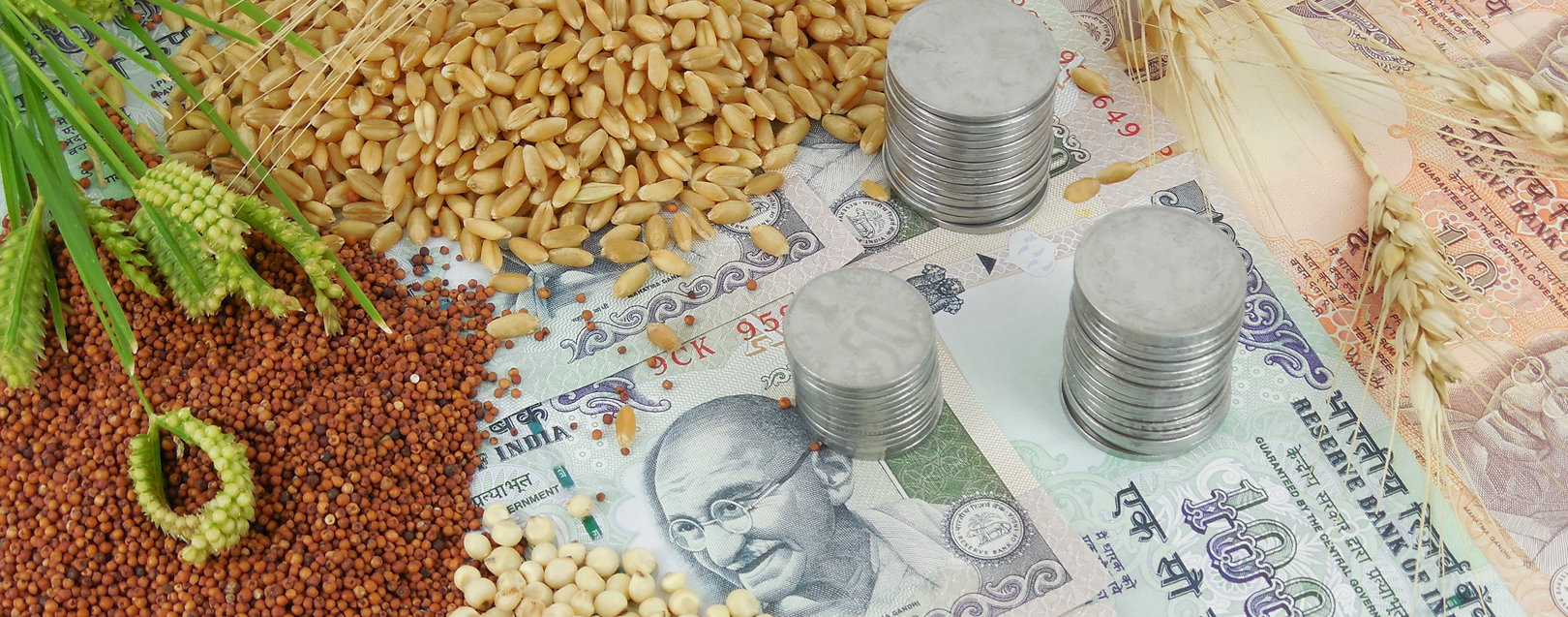
Inflation increases in July
By Abin Daya
The second volume of the Economic Survey for FY 2016-17 was released on Aug 14, and it paints a not so rosy picture of the economy.
The Survey says that achieving the targeted 7.5% growth this year will be difficult, due to the increased downside risks to growth. One of the risks is the disruption caused by the implementation of the GST. While the potential upside of this significant tax reform is huge, in the short term, as businesses transition to the new regime, there will be lost production and sales, which will lead to slower growth. We are already seeing that in the lower export growth for the month of July.
The Survey also talks about the asset quality of the banks, and the increase in NPAs at most Public Sector Banks.
As per the Survey, on the industrial front, anti-dumping provisions invoked for the Steel sector, have worked and the sector is now growing at a healthy pace, as compared to how it was performing earlier. It also mentions that the inflation has decreased due to decline in commodity prices during 2016-17.
The declining trend of inflation mentioned in the Economic Survey may be reversing now, though it might be too premature to call it with just one month’s data. Will need to wait for data for additional months to understand the true direction of the same.
This week we are covering the inflation numbers, both the Wholesale and the Retail, and the merchandise trade performance for July 2017.
July Inflation
- Wholesale inflation more than doubled in the month of July 2017 from the previous month’s levels of 0.9%, and almost tripled from the level of 0.63% during the same month last year

- While inflation on Primary Articles increased from -3.86% in June 3017 to 0.46% in July, inflation in the Food Index moved up from -1.3% to 2.1%
- Inflation on Fuel & Power dipped marginally from 5.3% to 4.4%, but it was still significantly higher than -9.7% of Jul 2016
- Similarly, inflation on Manufactured Products at 2.2% was also higher than the 0.4% inflation of last year
- In Primary Articles, the increase was contributed primarily by inflation in Minerals, which moved up sharply from -2.02% to 24.84%
- The major contributor was Copper Concentrate, where inflation moved up from -19.4% to 38.8% between June and July
- Similarly, inflation in Food Articles increased from -3.47% in June to 2.15% in July
- Food inflation was affected by increase in Fruits & Veg inflation, which increased to 13.77% in July from -12.55% in June
- Prices of Tomato have been on fire lately, and this was indicated in the inflation figures, which increased from -29.42% to 209.56% between the two months
- In the Fuel & Power group, inflation in Mineral Oils increased from -15.93% to 4.87% between last year and this year, and this contributed to the increase in inflation between Jul 2016 and Jul 2017
- In Manufactured Products, inflation in Sugar Prices have been on a downtrend, and has fallen to single digit levels (8.4%) after running double digit inflation for 16 consecutive months

- WPI inflation, which reigned above Consumer inflation for 5 months, fell back to below retail inflation in June
- Both indices now seem to be moving in tandem, with the rise in Wholesale Inflation a little more sharper than Retail Inflation
- Consumer Food Inflation has spiked up rapidly from -2.12% in June to -0.29% in July, though it is still much lower than 8.35% of Jul 2016

- Inflation in Food & Beverages moved up from -1.17% in June to 0.43% in July, driven by increase in vegetable prices
- Overall, both the inflation trends have broken a declining trend and moved up in July 2017; remains to be seen whether the trend will continue in the coming months as well.
Export growth continues to slow down
- India’s merchandise export growth continues to slow down, with July 2017 export performance coming in at 3.9%, lower than 4.4% of June 2017
- The GST transition clearly impacted the export performance as lack of clarity on the LUT/bonds and the overall tax mechanism led to consignments being delayed or rescheduled
- A similar pattern was seen in imports as well, where growth slowed down to 15.4% in July, from 19% in June 2017

- The Trade Deficit rose sharply from 7.76Bn in Jul 2016 to 11.45Bn this year, an increase of 47.5%
- While the earlier months of the FY saw a significantly higher growth in non-oil imports, compared to oil imports, July 2017 had both oil imports and non-oil imports grow equally

- Amongst non-oil items, gold imports increased by 95.1% to $2.10Bn, while coal imports increased by 52% to $1.54Bn
- Other items which contributed to the rise in imports include electronic goods (22.5%), iron & steel (43%), ores & minerals (64%), chemicals (16%) and electrical & non-electrical machinery (7.3%)
- Export of engineering goods increased by 15.2% to $5.8Bn, and that of petro products increased by 20.3% to $3.00Bn
- Overall, for the Apr-July period, India’s exports grew by 8.91% from $87Bn to $94.8Bn, while imports grew from $114Bn to $146.26Bn, an increase of 28.3%
- Trade Deficit has almost doubled from what it was last year in the Apr-Jul period, increasing from $27Bn to $52Bn

Abin Daya the author of 'Basics of Trade: An India Perspective' is a FEMA expert, a career transaction banker, with close to 15 years of experience in corporate and transaction banking, in India.






